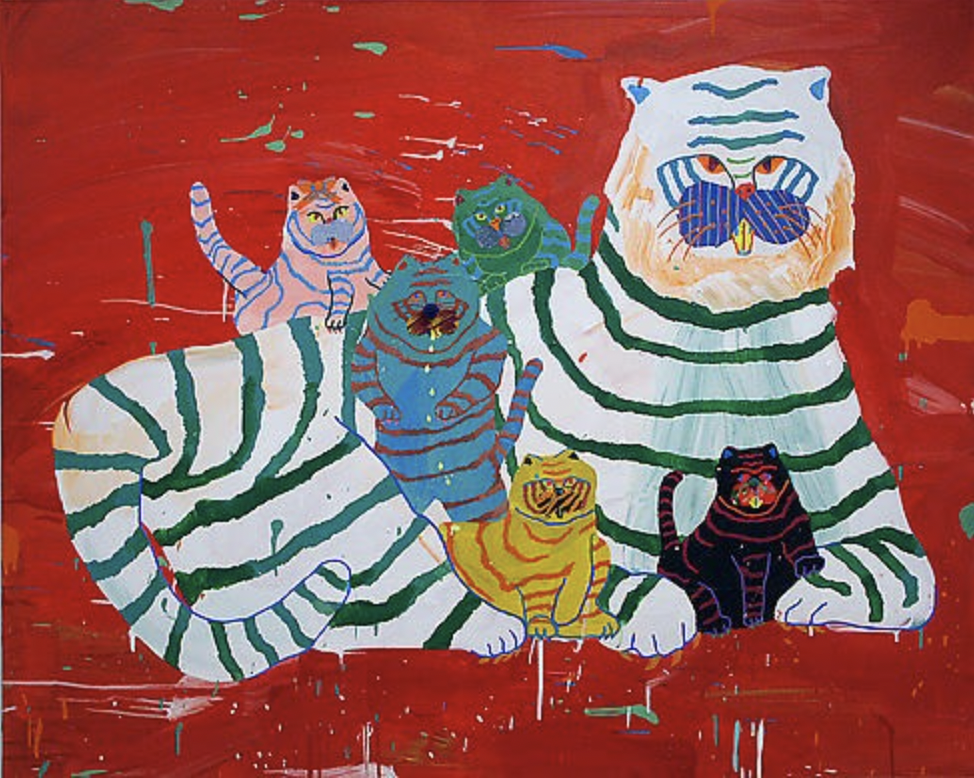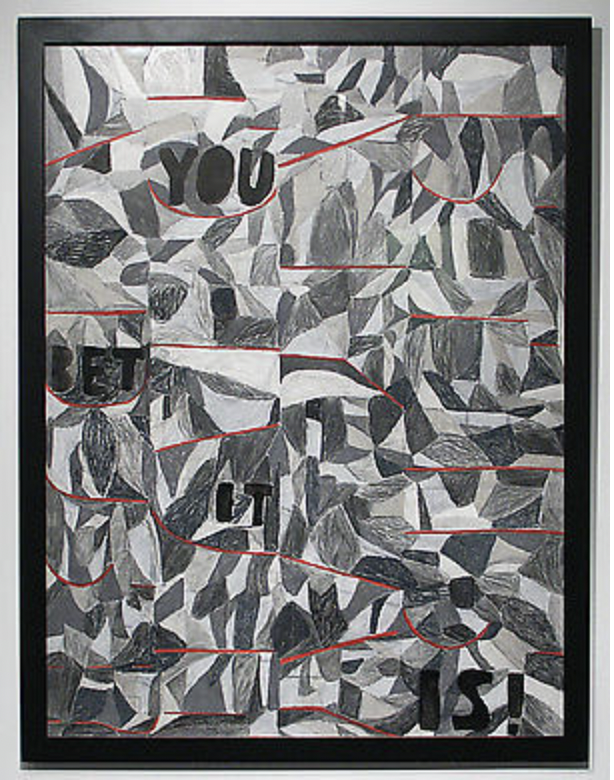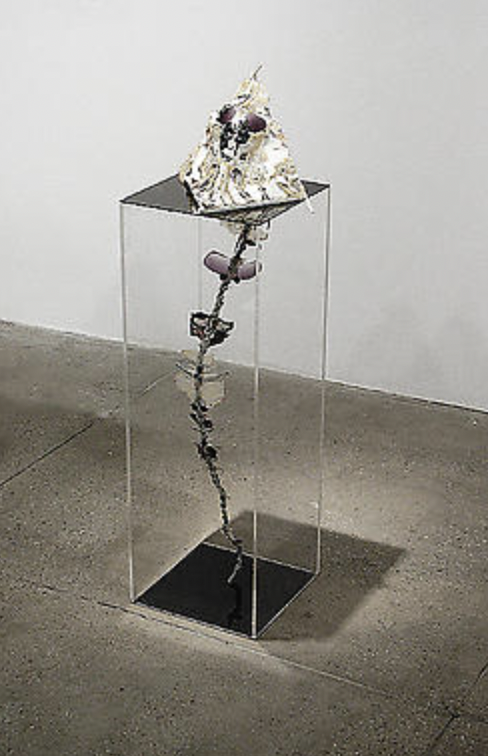everything else
Jason Adkins, Bryan Bowie, Anthony Campuzano, Jason Frazier, Misaki Kawai, KAWS, Michael J. Kelly, Wook Kim, Wes Lang, Sandra Eula Lee, Rebecca Potts, George Stoll, Keith Tallett, Xavier Veilhan, Jocko Weyland, Jesse Wine
Curated by Christofer Churchill
June 17 - August 30, 2008
Franklin Parrasch Gallery is pleased to present everything else, the fourth in a series of exhibitions dedicated to examining human evolution and the creative process. everything else asks, “Why do ‘things’ get made? What are the demands of a culture that prompts such production? And, how do the products of everyday life touch on the spiritual and the immaterial?” To answer these questions this exhibition brings together the commercial aspects of everyday life—from popular culture, to advertising, to industrial design—and investigates the roots of these phenomena within the context of art. The show encompasses over thirty works by sixteen artists residing in North America, Asia, and Europe, each of whom examine the interstice between commerce and social politics.
everything else reveals ways in which artists interpret the products of their surroundings and translate their personal viewpoints about those same products within their work. In such diverse pieces as Jason Adkins’ multi colored Pallet, KAWS’ collectible Four Foot Tall Companion, George Stoll’s 2 Wood Toilet Paper Rolls, and Xavier Veilhan’s stainless steel Standard Meter #2, this exhibition explores reactions to the effects of design upon society as well as individuals. Advertising and its iconography as a vehicle of community-based expression lend another level of vocabulary to this discussion in works by Misaki Kawai, Anthony Campuzano, and Sandra Eula Lee.
Economics, politics, and historical context all play roles in the development of the products that surround us, as well as the responses of artists who absorb and reflect upon them. Wes Lang’s sharp-featured, monumental bust of Abraham Lincoln entitled I Still Run the Show, Don’t You Forget It parodies the tradition of historical busts. Lang seeks to modify the portrait of this iconic figure who is inextricably linked with the Civil War, the anti-slavery movement, and assassination.
In the end, everything else asks art itself to reflect upon the state of art vs. commerce, art as commerce, and art about art as commerce. In each of these cases, the artists dissect the status and meaning of the material world and it’s multi-dimensional impact upon the creative process.





























